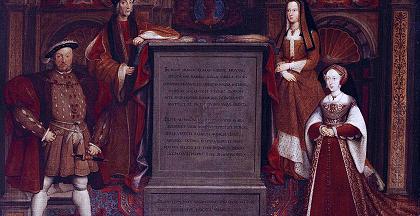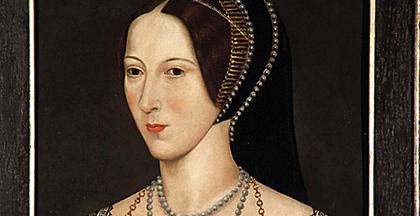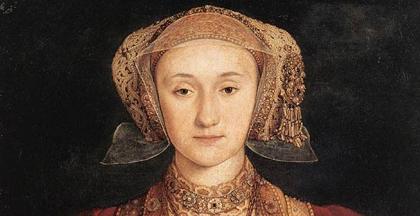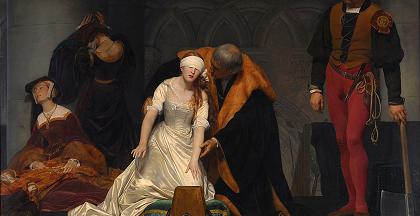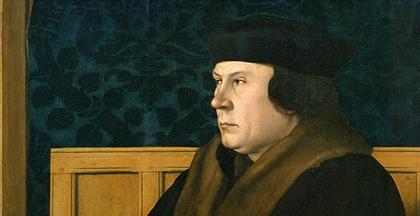Tudor History Articles
The Tudor era, famed for the reign of Henry VIII and Elizabeth I, was a transformative time in England, marked by religious reform, exploration, and cultural growth. This dynamic period laid the foundations for the British Empire and solidified the nation’s cultural identity.
The Essex Rising
On Sunday 8 February 1601 a group of armed men, perhaps 300 strong and led by the petulant earl of Essex, marched through London. Their attempted coup failed: London would not rise, the plotters had no leverage, and the court was forewarned. The last ‘great’ noble revolt against the crown and its advisers fizzled to an inglorious end, its perpetrators fined, imprisoned, or executed.
The End of an Era: The Death of Queen Elizabeth I
In the early hours of 24 March 1603 Queen Elizabeth I died quietly in her palace at Richmond. But for those living through those hours of her final decline, it was a time of fear as well as of hope: change was not always to be welcomed and, in not naming an heir, the queen had protected her own position at the expense of a potential future civil war.
Sir Walter Ralegh’s Weird and Wonderful ‘Discovery of Guiana'
When Sir Walter Ralegh visited South America in 1595, he fell in love with it – or at least in love with the idea of what it could do for him.
Ten Facts You Might Not Know about John Dee
John Dee is famous as a sorcerer and alchemistSomeone who practices alchemy (the attempt to turn base metals into gold and to gain spiritual awareness and immortality).
Mary Queen of Scots: Woman and Queen
Mary Queen of Scots is an enigma. For the last four hundred and fifty years she has been presented as a romantic heroine, a Catholic martyr, a weak and feeble female used as a pawn by scheming men, and a murderer and adulteress. But despite the amount of ink that has been spilt on her, no-one as yet has been able to create a fully-convincing portrait of this famous and controversial Scottish queen. Instead, we are left with a number of intriguing – and by-and-large unanswerable – questions.
Henry VIII: An Introduction
Henry VIII could be called England’s most memorable king. Everyone has seen his image: tall, imposing, and rotund. Likewise, everyone knows that he had six wives, and that he divorced two of them, and executed a further two. He brought the Reformation to England, breaking from the Roman Church, creating the royal supremacy, and dissolving the monasteries. But behind these headlines, there are other facts, often surprising and neglected, that make Henry VIII a much more interesting man.
Anne Boleyn: Adulteress and Traitor?
Anne Boleyn was executed on 19 May 1536, just three years after becoming King Henry VIII's second wife. She has gone down in history as an adulteress and as someone who looked somewhat odd: legend says that she had six fingers and a wen, or lump, on her neck.
Anne of Cleves: Stinky and Ugly?
On 9 July 1540, Henry VIII had his marriage to his fourth wife, Anne of Cleves, annulled after just six months of marriage. Following the death of his favourite wife Jane Seymour,and under the advice of Thomas Cromwell, Henry had set about finding a new and desirable bride.
The Rise and Fall of Lady Jane Grey
On 10 July 1553, four days after the death of her cousin Edward VI, Lady Jane Grey became queen of England. It would be short lived: within nine days, she would step down and be placed in the Tower under charges of treason. History has painted Jane as a weak female forced into taking the rightful place of Mary.
Thomas Cromwell: A Tudor Villain?
Thomas Cromwell was the infamous adviser to Henry VIII. Born around 1485, he was executed without trial on 28 July 1540 for heresy and treason. Down through history, he has been viewed as a cynical, Machiavellian upstart, who drove through reform for his own gain.

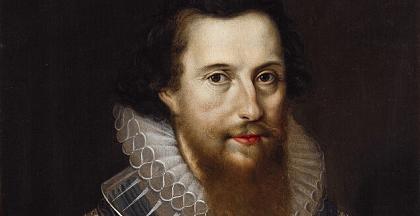
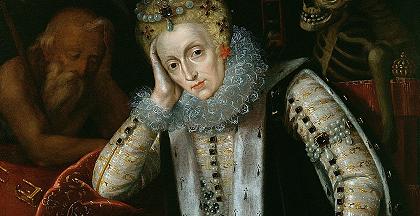
-listing-main.jpg)


